Strolling around central Berlin – from the Reichstag, under the Brandenburger Tor, past the former palaces on Unter den Linden, onto Museum Island and the Berliner Dom, the newly reconstructed Berlin Schloss and the great 19th century museum buildings nearby – it’s rare to consider the hidden history behind each of the grand buildings that helped define a city.
It’s not the history of the rise of Prussia as a European power, and the Kings who made Berlin their capital; nor is it the history of the saber-rattling diplomacy of Bismark that saw a multitude of small German states unified into one nation with Berlin at its heart. It’s not even the history of the architects who designed these immense symbols of a nation. It’s a history rarely considered, but no less real for that.

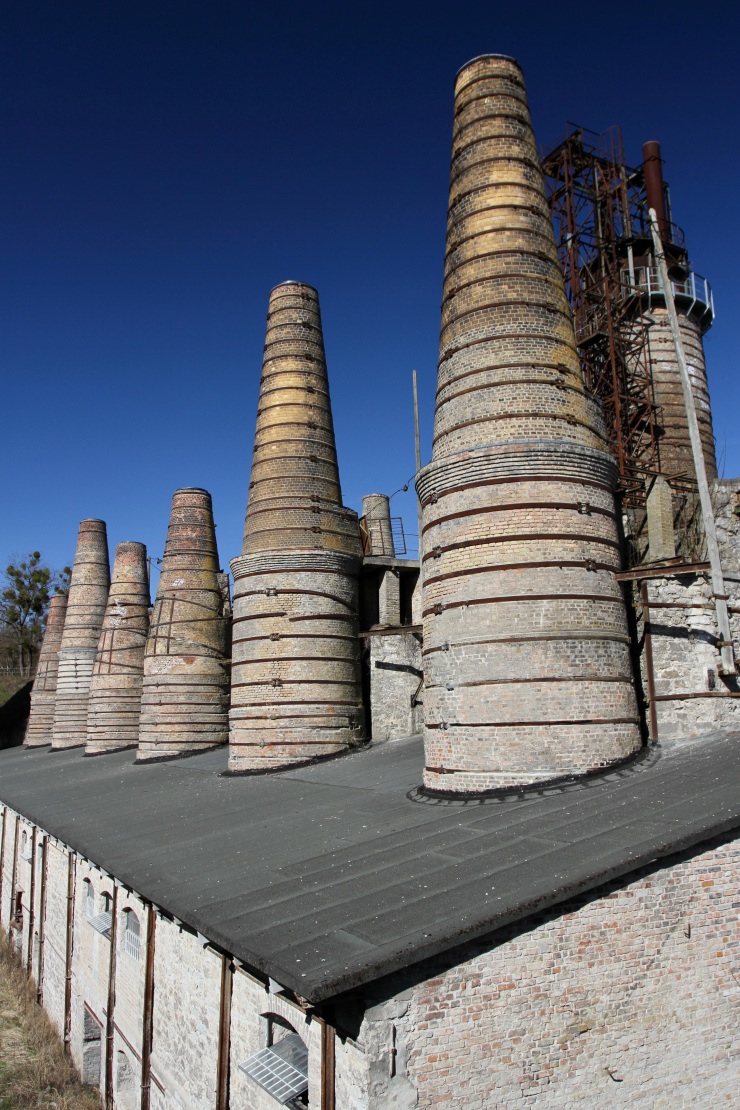
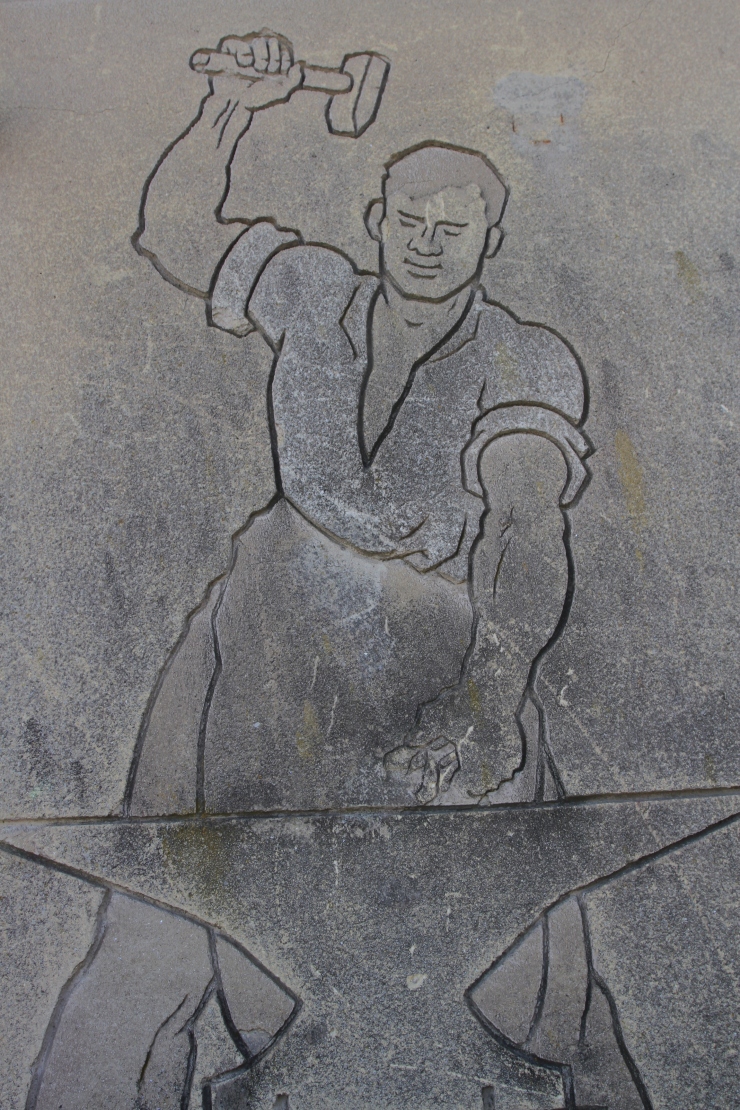

Cycling to Rüdersdorf, the thing that makes this small region 30 km from central Berlin unique only becomes obvious towards the end of the journey. In this flat landscape the route starts going uphill. Amidst the forests of Brandenburg on the outskirts of Berlin the geology changes and a vast layer of limestone pushes to the surface – limestone that has been quarried for building materials for almost 800 years.
Rüdersdorf would grow into the largest limestone quarry in northern Germany, but its history was tied to the ambition and expansion of Berlin. It provided stone for the facades of the grandest buildings, and from the 16th century onwards also manufactured quicklime for the mortar that held the bricks of lesser buildings together. In the 1880s, concrete made here helped fuel the massive growth of the city’s working class slums.
Rüdersdorf can be said to have built Berlin. It may not be obvious, but beneath the myriad styles and materials of Berlin’s less than sympathetic post-war reconstruction, Berlin is a city of limestone. You see it in the older buildings, but in the 1930s it built Hitler’s grand projects: autobahns, the Olympic Stadium, and in the 1940s, the defenses of Berlin. Cement from here helped build the Berlin Wall.
Today, it’s still a working quarry, a vast opencast mine that continues to provide building materials to Berlin and exports Rüdersdorf concrete around Europe. It’s also an important heritage site and open air museum of industrial culture. The historic buildings sit in a landscaped museum park that makes for a pleasant stroll even when some bits are closed due to the coronavirus.
The 19th century shaft furnace battery with its conical chimneys is the most impressive building. The furnaces heated limestone to immense temperatures as it underwent a chemical transformation to turn it into quicklime and concrete – a filthy process that filled the air with toxic dust. There are stories that dust from these chimneys was so thick on the roofs of houses that they collapsed under the weight.
Peoples’ health was severely affected by breathing the polluted air. Like much 19th century industrialisation, the misery it created was in inverse proportion to the grandeur of Berlin’s fine buildings. It’s a past that is hard to imagine as you walk through the wooded grounds accompanied by bird song today. I finished my walk along a peaceful nearby waterway alongside Rüdersdorf’s old harbour.
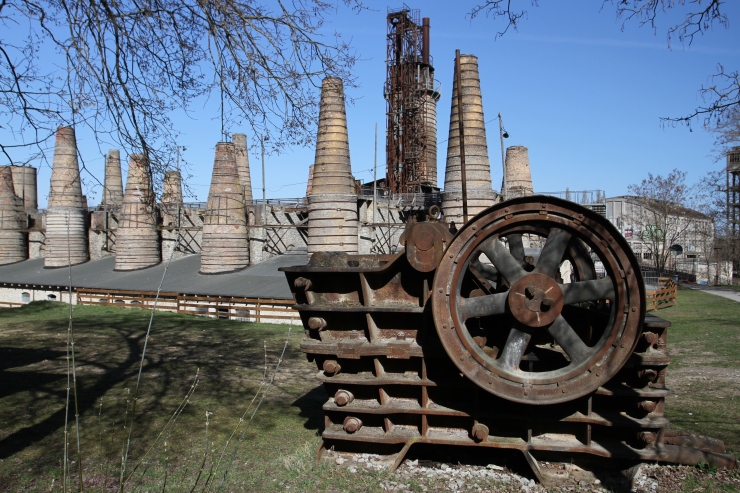
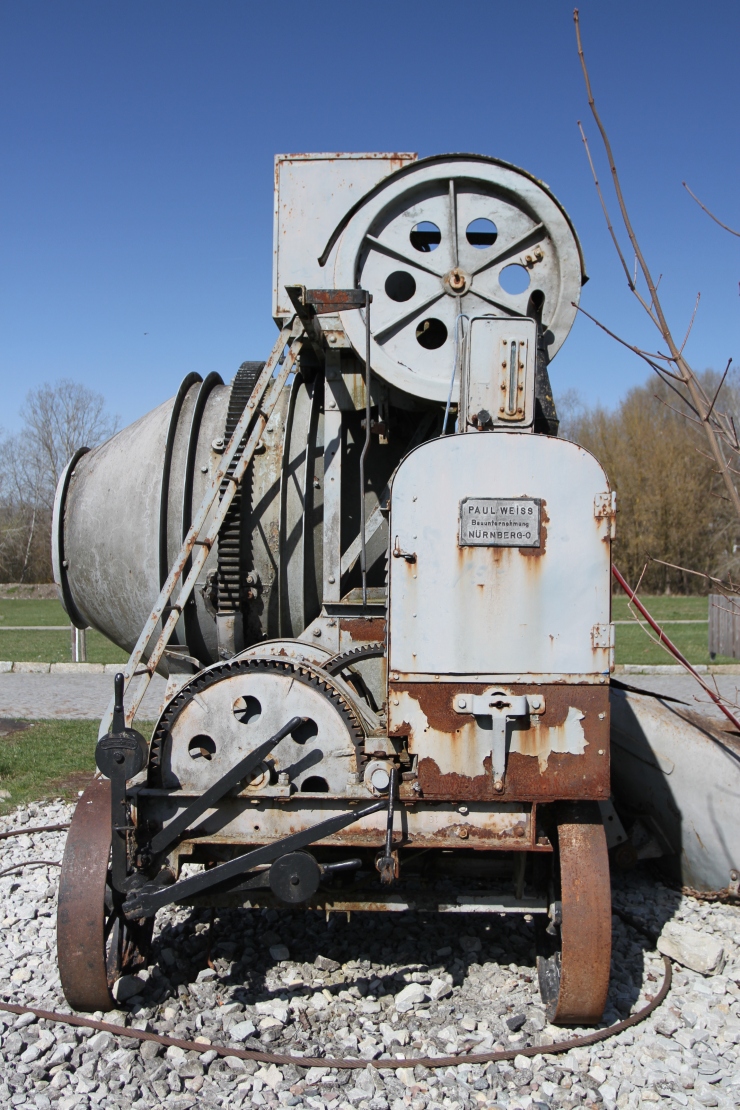
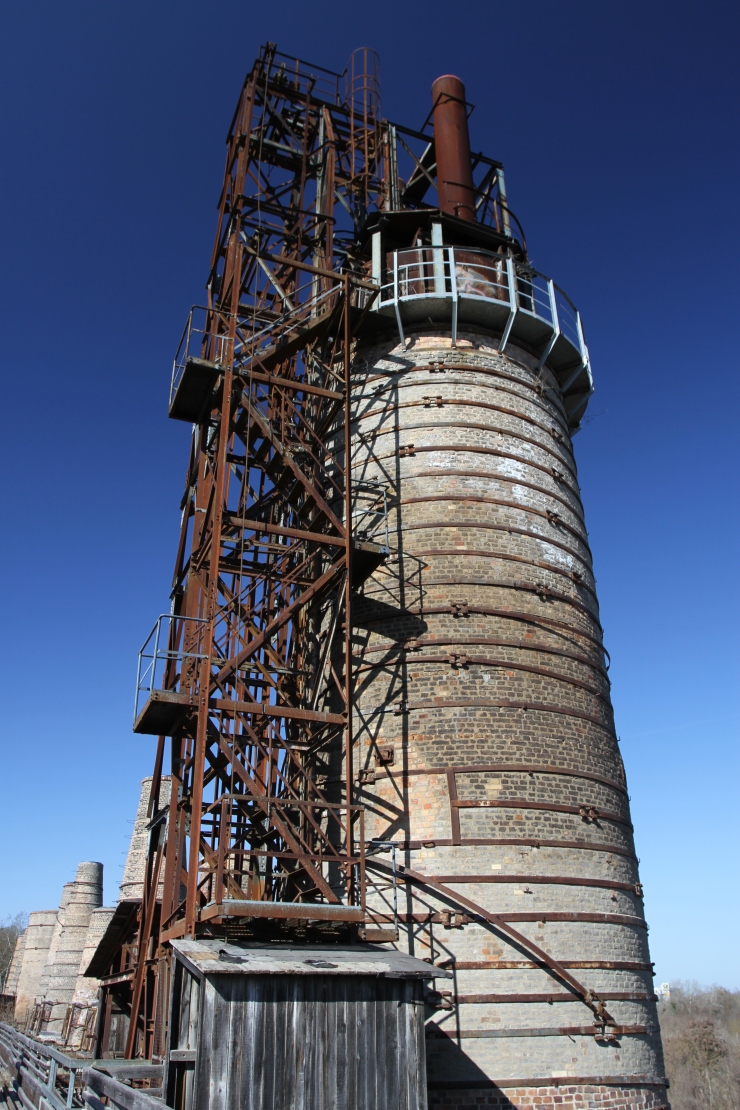
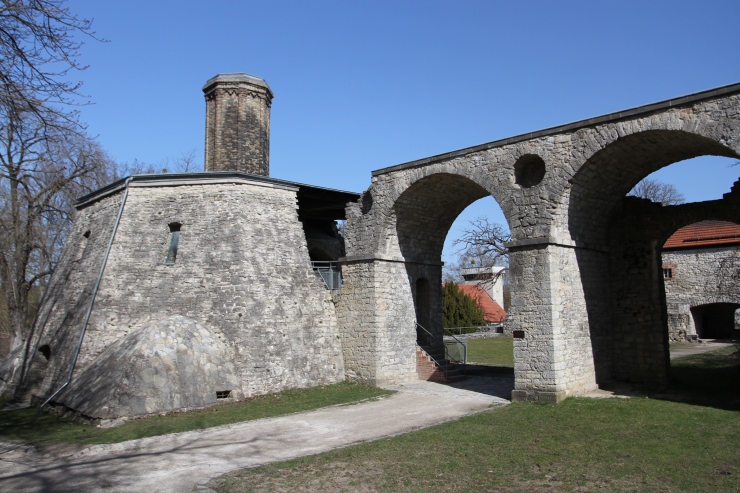
These waterways once transported the raw materials to Berlin. The site isn’t so big, and the museum that tells the history and has a collection of limestone fossils was sadly closed. After a couple of hours I was back on my bike and headed downhill to Berlin, following a route much of Rüdersdorf’s limestone had taken to its ultimate destiny, the construction of Germany’s capital.
















Great photos and commentary! I feel as if I’ve been on tour with you.
You always find intriguing places. I think you will miss germany. 😉
I think so, Brian. Luckily we won’t be too far away, and actually closer to some parts of Germany than Berlin.
True. Belgium is so small and close to everywhere…
All dayz look on the bright side of eyes!
There are much more these places around. Greeting’s
Always fun to explore less well known history!
Next location Ribnitz-Damgarten, then Bad-Sülze, then Heiligendamm
Thanks to you now I know when I visit Berlin in the future, I need to make a day trip to Rüdersdorf, especially after seeing the German capital’s grand buildings. It’s so interesting to see how a place that once was very polluted has become very peaceful and clean, at least that’s the impression I got from your photos.
It’s very peaceful, lots of trees and very quiet apart from the birdlife. If you had the time the 66-Seen-Wanderweg passes by the entrance to Rüdersdorf, a beautiful-looking walking/cycling trail that circles around Berlin. I plan to go back and walk some sections of it.
Thanks, another place I have to check out.
If you’ve had enough of the city, it definitely makes for a nice day trip into the Brandenburg countryside.
This is a place I have never visited, but now it’s on my list.
Sometimes the distinctive look of a city results from the type of stone that came from nearby quarries, as in Bordeaux: https://operasandcycling.com/stone-of-bordeaux/
I did once visit Bordeaux, but have few memories of it apart from the weather. I recall there was one day when the clouds momentarily parted and it stopped raining, beyond that it poured down the entire time I was there. Your posts make me want to give it another go.
I had great summer weather when I was in Bordeaux, so I did a lot of riding around on the VCub bikes.
Absolutely give Bordeaux another go. We loved it! Without wishing to blow my own trumpet, here’s what we found there: https://smtfhw.com/category/travel/europe/france/bordeaux/